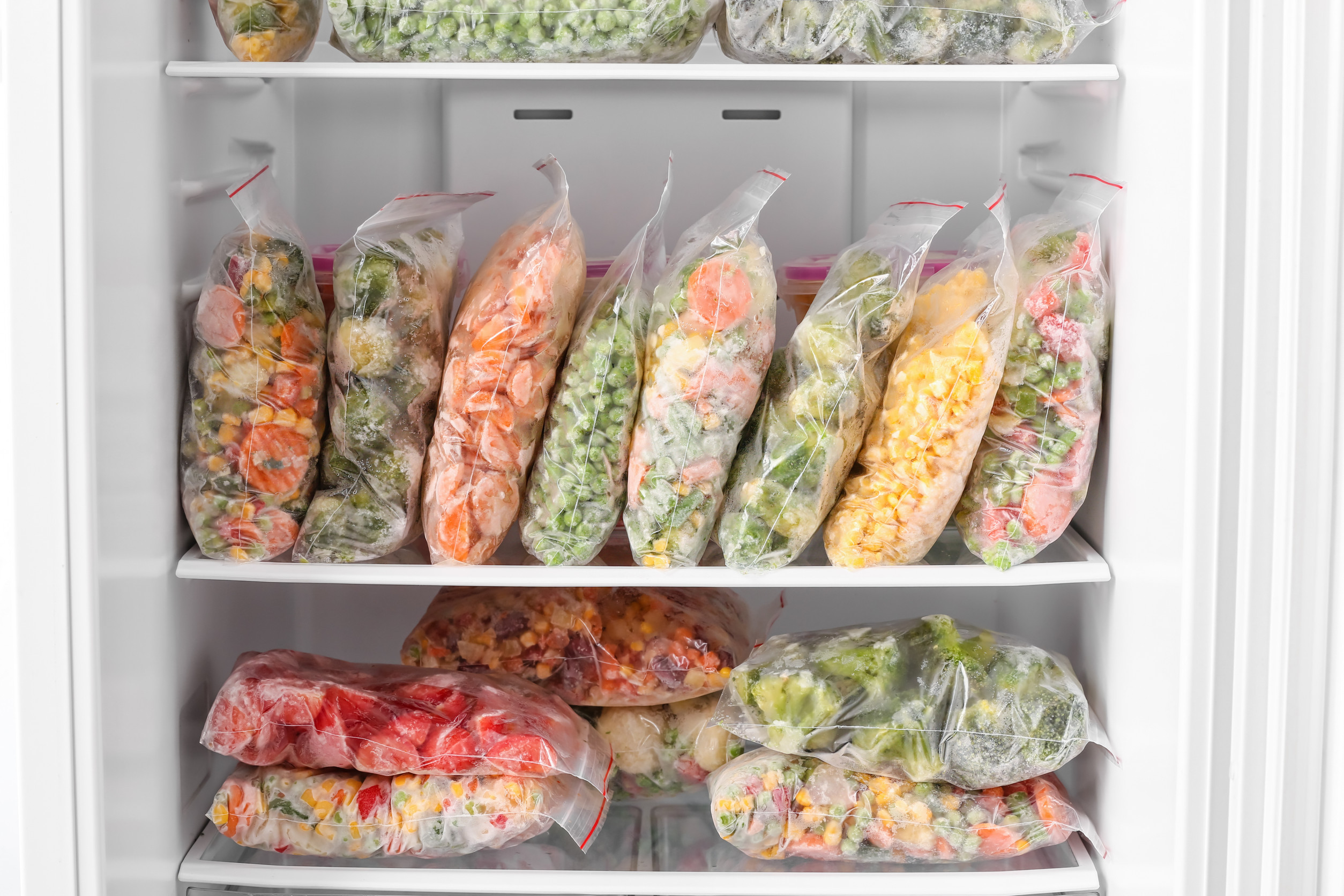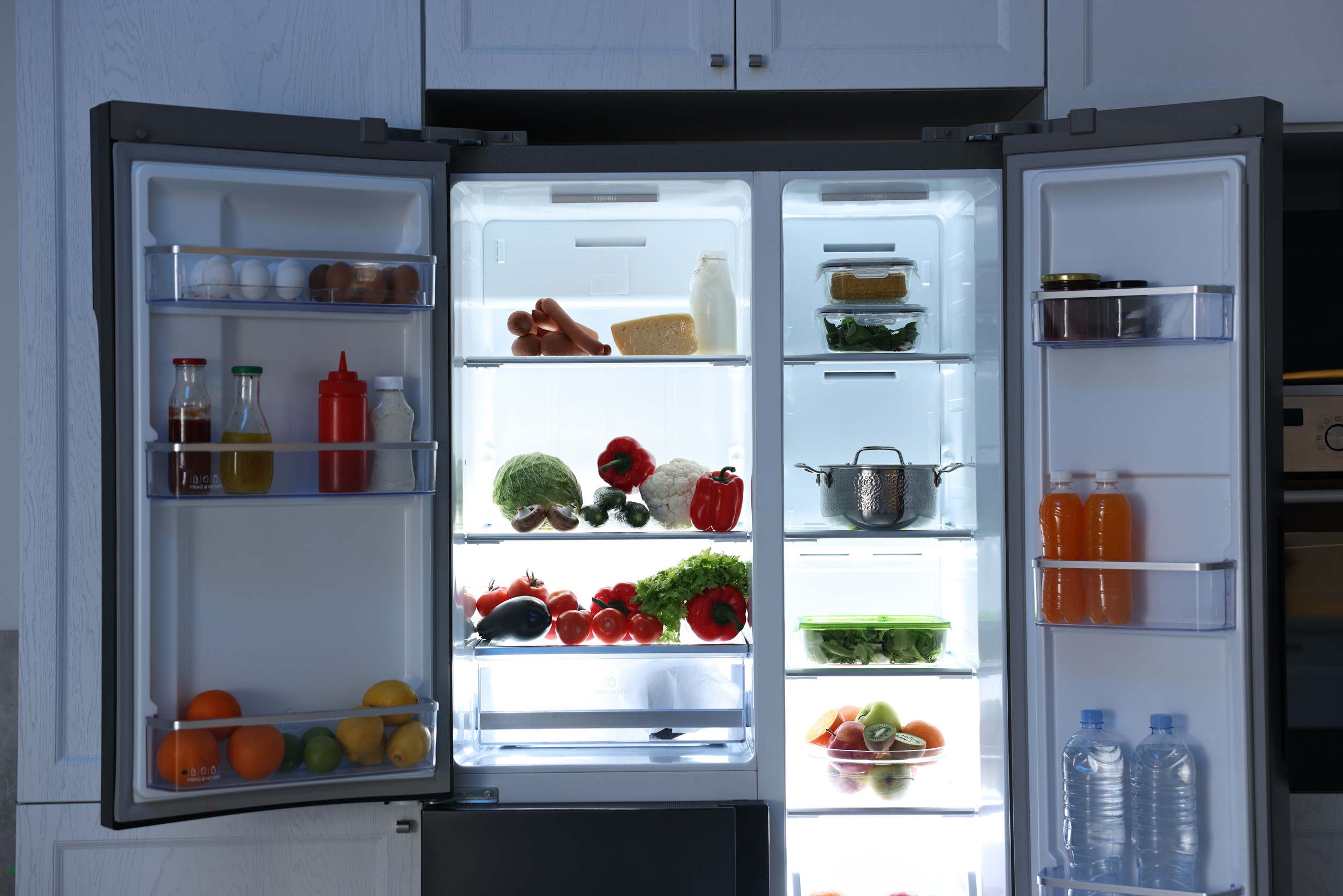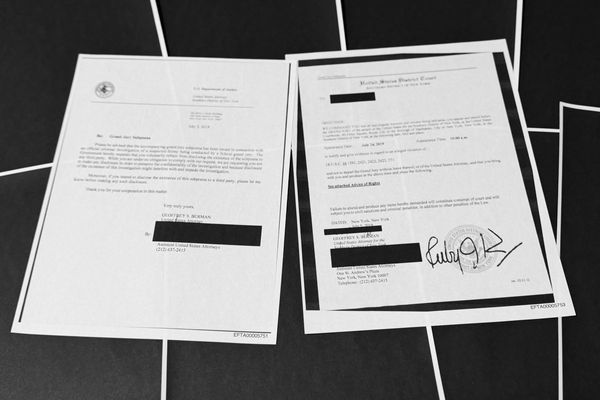
In the quest to reduce food waste and stretch every dollar, the freezer often feels like a magical solution. Toss in the leftovers, bulk buys, and extras from the farmer’s market, and just like that—future meals are saved.
Or so it seems.
While freezing food is generally a smart strategy for long-term storage, not everything handles the icy conditions equally well. In fact, some items come out of the freezer with strange textures, ruined flavors, or even questionable safety, despite being freezer-bound in kitchens all across the country.
Freezing Foods Isn’t a Universal Solution
The freezer works wonders for things like raw meat, fruit for smoothies, or soup stock. But it’s not a catch-all for everything in the kitchen. Some foods lose their structural integrity or taste odd once thawed. That disappointment when a frozen item defrosts into a soggy, flavorless mess is more common than most admit. Understanding what not to freeze can help save money, avoid frustration, and make every meal a little better.
Fresh Dairy Products Don’t Belong There
Freezing milk, yogurt, and soft cheeses like cream cheese or ricotta often seems like a handy move. But once these items thaw, they usually separate into a watery mess and become grainy or curdled. Texture is key with dairy, and freezing typically destroys the smooth, creamy consistency that makes these foods enjoyable. Hard cheeses like cheddar can handle freezing a bit better, but even they suffer some loss in quality. Instead of extending shelf life, the freezer often just ruins dairy’s appeal.
Leafy Greens Lose the Battle
Spinach, lettuce, arugula, and other salad greens are extremely fragile and water-rich. When frozen and thawed, they wilt into soggy, unappetizing clumps that bear no resemblance to their fresh, crisp state. These greens are made for salads, not for survival in sub-zero conditions. While spinach used in cooked dishes can sometimes survive the freezer, anything meant for fresh eating should stay out. Freezing doesn’t just ruin texture—it strips away visual appeal and crunch.
Fried Foods Become a Greasy Mess
French fries, fried chicken, mozzarella sticks—these favorites are often tossed in the freezer for later indulgence. But once thawed and reheated, that satisfying crunch is usually long gone, replaced by limp, oily bites. The crispy magic of frying relies on fresh oil and immediate consumption. Freezing causes ice crystals to form, which then melt and soak into the breading, destroying texture. The result is disappointing at best, and off-putting at worst.

Cooked Pasta Turns Mushy and Lifeless
Many people try to save time by freezing extra cooked pasta for later meals. But pasta doesn’t hold up well in the freezer—it absorbs water, becomes overcooked, and develops a soggy, mushy texture. Even sauces struggle to cling to the altered surface. Texture matters with pasta, and once it’s gone, the meal suffers. Cooking fresh pasta takes only a few minutes and offers a far superior result than any frozen version.
Mayonnaise-Based Foods Are a No-Go
Potato salad, tuna salad, and coleslaw often seem like they could be frozen for later enjoyment. But mayonnaise does not freeze well—it separates when thawed and takes the entire dish down with it. These kinds of foods are meant to be eaten fresh, not revived from a frosty tomb. Once defrosted, the ingredients often release water and lose their cohesion, making everything look and taste off. Freezing ruins the emulsion that gives mayo-based dishes their creamy unity.
Whole Eggs in Shells Can Crack or Explode
It may seem efficient to toss whole eggs into the freezer during bulk buys, but this can backfire—literally. The water content inside eggs expands when frozen, which can crack the shell or cause it to burst altogether. Even if the egg stays intact, the texture changes, often becoming rubbery and less useful for cooking or baking. Egg whites can be frozen if separated and stored properly, but whole eggs in their shells should never go in the freezer. It’s a messy risk not worth taking.
Watery Vegetables Don’t Hold Up
Cucumbers, celery, radishes, and similar vegetables contain a high amount of water, which becomes a problem during freezing. Ice crystals form inside the cells, rupturing the structure and turning everything limp and waterlogged upon thawing. They lose their crunch, their snap, and most of their usefulness. These vegetables are great fresh, but terrible candidates for the freezer. Using them after thawing results in disappointment every time.
Creamy Sauces Lose Their Emulsion
Alfredo, béchamel, or cheese-based sauces seem like logical things to freeze for quick dinners. But their emulsified nature makes them unstable once frozen. When thawed, they often separate into oily, grainy mixtures that lack the smoothness expected from creamy sauces. Heating them gently can sometimes help, but often the damage is irreversible. It’s better to make small, fresh batches than rely on frozen ones that just don’t perform.
Fruits with High Water Content Turn to Slush
Watermelon, oranges, and grapes are sweet and juicy—but that’s exactly why they don’t freeze well. Their high water content causes them to break down entirely in the freezer, turning to slush when thawed. Texture vanishes, and instead of a refreshing bite, the result is often mushy and bland. While they’re fine for blended drinks, they’re far from ideal for eating as-is after freezing. Keeping them in the fridge and eating them fresh is the better option.
Thawed Bread Loses Its Soul
Many people freeze bread to avoid spoilage, but the process often sucks out all the moisture. When thawed, even high-quality bread can feel dry and chewy, or worse—crumbly and stale. The crust loses its crispness, and the crumb turns bland. Freezing breaks down the delicate balance of moisture and texture that good bread needs. It’s best to store bread in smaller portions and use it fresh when possible.
Don’t Freeze Defrosted Meat Twice
It might be tempting to refreeze thawed meat if it hasn’t been used, but this can create real food safety issues. Freezing, thawing, and then refreezing can encourage bacterial growth and compromise texture. The meat fibers break down each time the product changes temperature, turning once-juicy cuts into dry, unappetizing pieces. This is a gamble with both flavor and health. It’s safer to cook the meat first, then freeze the cooked version if necessary.
Freezing Food Isn’t Always The Right Choice
Some items just aren’t meant for life in the freezer, no matter how convenient it might seem at first. Texture, flavor, and food safety can all take a hit when the wrong foods are subjected to freezing temperatures.
Learning what not to freeze can save meals from disaster and reduce the disappointment of thawed-out regrets. With smarter choices, the freezer can remain a true kitchen ally rather than a place where good food goes to die.
What about your experience? Have you had a freezer fail that wasn’t on this list?
Read More
10 Date Night Dinners That Taste Better Than Restaraunt Food
How to Budget for Your Home Renovation Effectively
The post Here Are the Worst Foods to Keep in the Freezer (Even Though Everyone Does It) appeared first on Everybody Loves Your Money.







